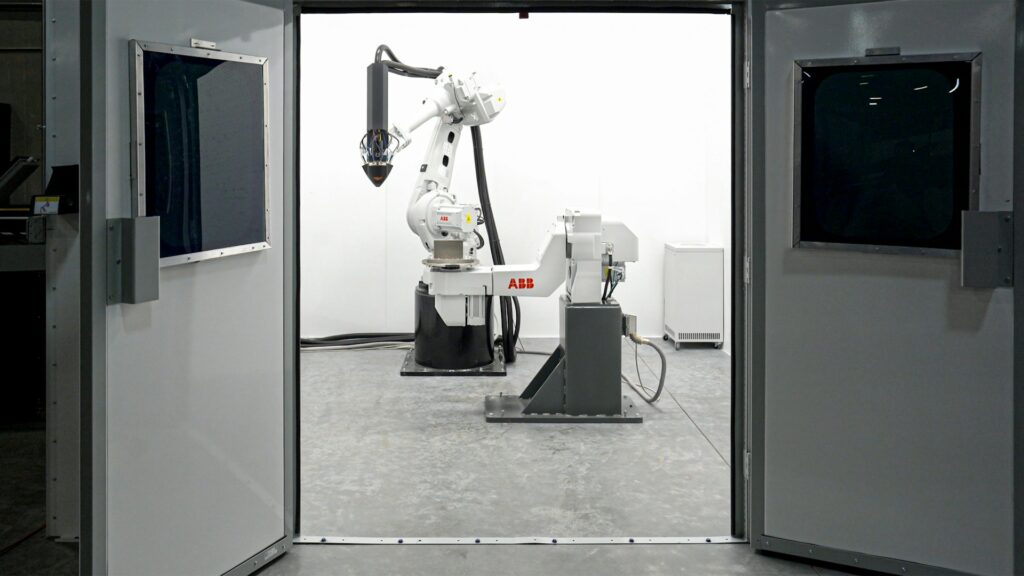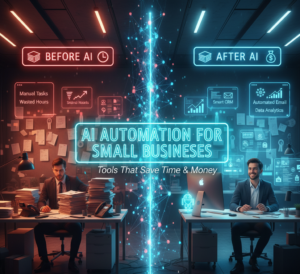Multi-Agent Artificial Intelligence Systems: When Machines Work Together

Multi-Agent Artificial Intelligence Systems: When Machines Work Together
The performance of solitary tasks by individual models is no longer the limit of artificial intelligence (AI). Multi-agent artificial intelligence systems, in which a number of intelligent agents communicate, cooperate, and even compete with one another in order to accomplish complicated objectives, are currently being investigated by academics and developers. These systems simulate the dynamics of human teams, animal groups, or even ecosystems, so opening up a whole new world of possibilities in the fields of automation, decision-making, and problem-solving.
When companies let many artificial intelligence agents to collaborate on tasks, they are able to develop systems that are more flexible, scalable, and resistant to failure than systems that are developed around a single model.
What exactly are multi-agent artificial intelligence systems?
A multi-agent system (MAS) is made up of two or more intelligent agents that are able to observe their surroundings, execute actions, and communicate with one another in order to accomplish certain goals.
These agents might potentially be:
- Cooperative: Working toward a common objective in a collaborative manner.
- Competitive: Striving to get the best possible results by competing with each other.
- Hybrid: In dynamic environments, cooperation and competitiveness are combined.
- Every agent has the ability to function independently, yet they all contribute to the collective intellect of the system.
- How Artificial Intelligence Systems that Use Multiple Agents Operate
Agents and the Environment
- Data, signals, and sensors are all examples of inputs that agents use to perceive their surroundings.
- They follow a variety of decision-making strategies, including predetermined rules, learned models, or reinforcement learning.
- Coordination and communication are essential components of every successful project.
- Information is exchanged between agents in order to coordinate tactics or to share knowledge.
The Process of Making Decisions
Agents may work together to accomplish a common goal or compete against one another in order to enhance their own performance.
Learning and Adaptation
As a result of frequent encounters, agents have the ability to adjust their methods, which leads to increased efficiency and resilience.
Applications of Artificial Intelligence (AI) Systems that Use Multiple Agents
1. Automobiles That Are Self-Driving
Cars that are capable of driving themselves may function as a multi-agent system via communication with one another and with the traffic infrastructure. This cooperation results in enhanced safety, avoids crashes, and ensures that traffic flows as efficiently as possible.
2. Robotics and Industrial Automation
Much like a group of human workers, swarms of robots that are equipped with artificial intelligence (AI) are able to work together on projects such as manufacturing jobs, warehouse logistics, and search-and-rescue operations.
3. Management of Energy and Smart Grids
The purpose of multi-agent artificial intelligence (AI) systems is to maintain a balance between the supply and demand of power by coordinating renewable energy sources, storage units, and distribution networks in real time.
4. Trading and Finance
Artificial intelligence agents engage with one another in virtual marketplaces, where they negotiate deals, determine pricing, and identify patterns of fraud. When making decisions on finances, it is beneficial to use both cooperative and competitive techniques.
5. Healthcare and Drug Discovery
In order to accelerate the process of drug development, a number of artificial intelligence agents work together to examine patient data, propose treatment strategies, or mimic biological interactions.
6. Response to a Disaster
In regions that have been impacted by natural catastrophes, swarm drones that are driven by multi-agent artificial intelligence (AI) have the ability to coordinate rescue and search operations, as well as the distribution of resources.
Advantages of Multi-Agent Artificial Intelligence Systems
- Scalability: It is possible to solve problems on a wide scale since assignments may be dispersed across a large number of agents.
- Resilience of the system is guaranteed by the fact that if one agent fails, another one may continue to operate. This is known as robustness.
- Flexibility is a characteristic of agents; they are able to dynamically adapt their methods in response to changes in the environment.
- Efficiency: Collaborative systems are able to optimize operations by distributing the burden in an equitable manner.
- Innovation: When agents engage with one another in ways that are both beneficial and surprising, behaviors that were not anticipated emerge.
Difficulties That Arise When Using Artificial Intelligence Systems with Multiple Agents
Coordination complexity: It might be challenging to guarantee that there is efficient communication between agents.
- Conflict Resolution: Mechanisms for negotiation that are sophisticated are necessary in order to strike a balance between competitiveness and collaboration.
- Data and Privacy Concerns: Sharing information across agents may disclose sensitive data.
- Computational Demands: A considerable amount of computational resources is required in order to run numerous agents at the same time.
- Ethical considerations: The decisions that are made jointly by artificial intelligence agents bring up concerns about transparency and responsibility.
The Future of Multi-Agent Artificial Intelligence Systems
Cooperation is the key to the development of artificial intelligence. This cooperation must occur not just between people and robots but also among machines themselves. The following developments should be anticipated:
- Artificial Intelligence Ecosystems: Networks of intelligent agents that operate across a variety of sectors and function together without any issues.
- Integration with the Internet of Things: Multi-agent artificial intelligence (AI) handling billions of linked devices in smart cities.
- Human-AI teams, which include artificial intelligence bots working with people in real time to solve problems, are becoming more common.
- Simulation and Training: Employing multi-agent systems in order to replicate real-world scenarios in order to ensure the safe deployment of artificial intelligence
- Artificial intelligence that is decentralized: agents that operate independently of centralized control, depending on decision-making models that are distributed.
Systems that use artificial intelligence and many agents are the future of the field of artificial intelligence. These systems are able to mimic the intricate nature of natural ecosystems and human organizations because they provide machines with the ability to work together, compete against one another, and adapt to changing circumstances.
Multi-agent artificial intelligence is opening up new horizons for efficiency, scalability, and creativity in a variety of fields, ranging from healthcare and disaster response to industrial automation and autonomous cars. The future of artificial intelligence will without a doubt be formed by intelligent agents that collaborate with one another, becoming more intelligent, more powerful, and more connected than they have ever been before. Despite the fact that difficulties in terms of ethics, coordination, and privacy are still present, the future of artificial intelligence will certainly be shaped by intelligent agents that collaborate with one another.




